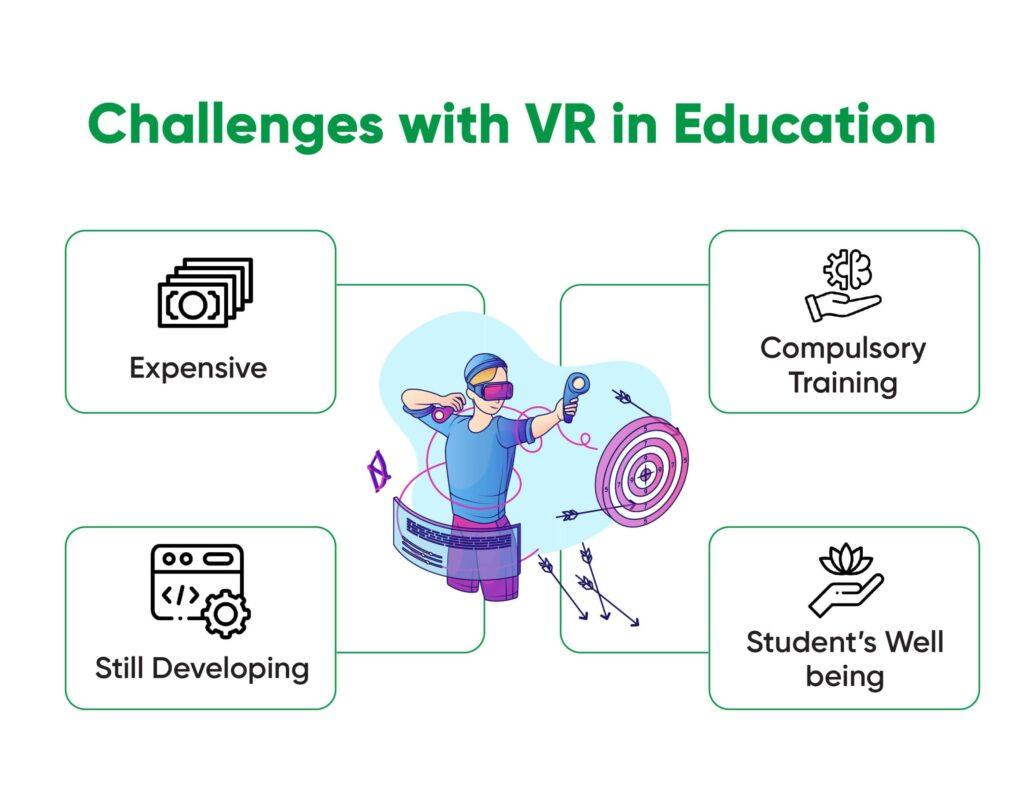How to Overcome VR/AR Integration Challenges in modern Education Curricula
The integration of Virtual Reality (VR) and Augmented Reality (AR) into modern education curricula is rapidly transforming how educators and learners interact with knowledge. These immersive technologies bring abstract concepts to life, foster deeper engagement, and open doors to experiential learning. However, the journey to fully embed VR/AR in schools is riddled with challenges—from budgetary constraints to technical complexities. This extensive guide explores how to overcome VR/AR integration challenges in modern education curricula, equipping you with practical tips, real-world examples, and strategic insights to unlock the transformative power of VR/AR in education.
Benefits of VR/AR in Modern Education
- Enhanced Engagement: Students learn by doing,not just observing. VR/AR turn passive lessons into dynamic experiences.
- Increased Retention: Immersive learning leads to better memory recall and deeper understanding of complex topics.
- Safe Experiential Learning: Simulate perilous or impossible scenarios for hands-on, risk-free learning.
- Personalized Pace: Learners can revisit and interact with environments according to their own learning styles.
- Collaboration Opportunities: Shared virtual and augmented spaces foster teamwork and social learning.
Despite these advantages, implementing VR and AR in curricula comes with several real-world hurdles.
Main Challenges in Integrating VR/AR into education Curricula
- high Initial Costs: VR headsets, AR devices, and supporting infrastructure require significant investment.
- Lack of Technical Expertise: Educators may feel unprepared to deploy, troubleshoot, or create VR/AR content.
- Curriculum Alignment: Integrating VR/AR meaningfully, rather than as a “gimmick,” can be challenging.
- Accessibility and Equity: Not all students have equal access to VR/AR technology, creating potential disparities.
- Content Availability: A shortage of high-quality,localized,curriculum-aligned VR/AR content.
- Classroom Management: Managing immersive activities while ensuring student safety and focus.
actionable Strategies to Overcome VR/AR Integration Challenges
1. Start Small and Scale Gradually
Begin by piloting affordable VR/AR tools within specific subjects or classrooms. For example, use Google Cardboard for introductory VR experiences or leverage smartphones/tablets for AR learning apps before committing to expensive hardware.
2. Invest in Professional Advancement
- Offer hands-on workshops and continuous training for teachers, focusing on both technical skills and lesson planning.
- encourage peer collaboration where early adopters mentor others, fostering an internal support network.
3. Integrate VR/AR with Curriculum Objectives
- Align VR/AR lessons with curriculum standards, learning outcomes, and assessment methods.
- Emphasize immersive experiences where they provide unique value, such as virtual science labs or historical site explorations.
4. Address Accessibility and Inclusivity
- Select cross-platform AR/VR tools compatible with a variety of devices, including smartphones and entry-level tablets.
- Design learning flow so students can accomplish tasks both with and without VR/AR devices, ensuring no one is left behind.
- consider loan programs or partnerships to provide hardware to underprivileged students.
5. Curate or Co-create High-Quality VR/AR Content
- Leverage existing repositories of educational VR/AR experiences (e.g.,Google Expeditions,Merge Cube,Labster) for ready-made lessons.
- Collaborate with VR/AR developers, local museums, and edtech startups to localize and tailor content.
- Empower students to create simple AR/VR projects themselves through accessible platforms like CoSpaces Edu and Tinkercad VR.
6. optimize Classroom Management for Immersive Learning
- Set clear objectives and guidelines before the VR/AR session begins.
- Monitor students actively and provide support to those struggling with controls.
- Balance immersive activities with traditional learning to prevent fatigue and disengagement.
Case Studies: Successful VR/AR Integration in Schools
Suzhou Foreign Language school, China
Challenge: Bringing ancient Chinese history to life.
Solution: The school collaborated with a local tech company to create VR tours of historical sites and interactive lessons aligned with the city’s history curriculum. The teachers received training ahead of time and served as VR guides for the students.
Miami-Dade County Public Schools, USA
Challenge: Enhancing STEM education in under-resourced classrooms.
solution: Leveraged grant funding to deploy cost-effective VR headsets and partnered with Labster for immersive science simulations. Teachers were given release time to integrate VR modules and shadow industry mentors.
Practical Tips for Effective VR/AR Implementation
- Leverage Cloud-Based Management: Use platforms that allow educators to push VR/AR content to multiple devices and track progress from a dashboard.
- Prioritize Safety and Ergonomics: Set time limits to avoid motion sickness and eye strain. Ensure physical spaces are safe for movement-based activities.
- Solicit Feedback Continuously: Create channels for students and teachers to share experiences and recommend improvements.
- Showcase Success Stories: Celebrate student creations and learning breakthroughs to build enthusiasm among peers and parents.
- Create Enduring Funding Models: Look for grants, local government support, and industry sponsorships to offset costs.
First-Hand Experience: An Educator’s Viewpoint
“As a science teacher, I was initially skeptical about VR in the classroom. But after a few training sessions and seeing my students conduct virtual dissections—something not possible with our limited resources—I became a believer. Their excitement was contagious! The biggest key for us was starting with small, guided sessions and gradually empowering students to explore and even design their own VR experiences.”
— Maria Gomez, Grade 9 Science Teacher
Conclusion: Embracing the Future of Immersive Learning
Overcoming VR/AR integration challenges in modern education curricula is a collaborative, phased journey—but one loaded with positive outcomes. With strategic planning, continued professional development, creative partnership-building, and patience, immersive technologies can unlock learning experiences never before possible. schools and educators willing to navigate these hurdles are taking bold steps into the future, ensuring that students gain relevant, engaging, and transformative learning opportunities that prepare them for the digital age.
By following the frameworks and insights shared in this guide, you’ll be well on your way to turning VR/AR integration challenges into innovative opportunities for your school or classroom.

